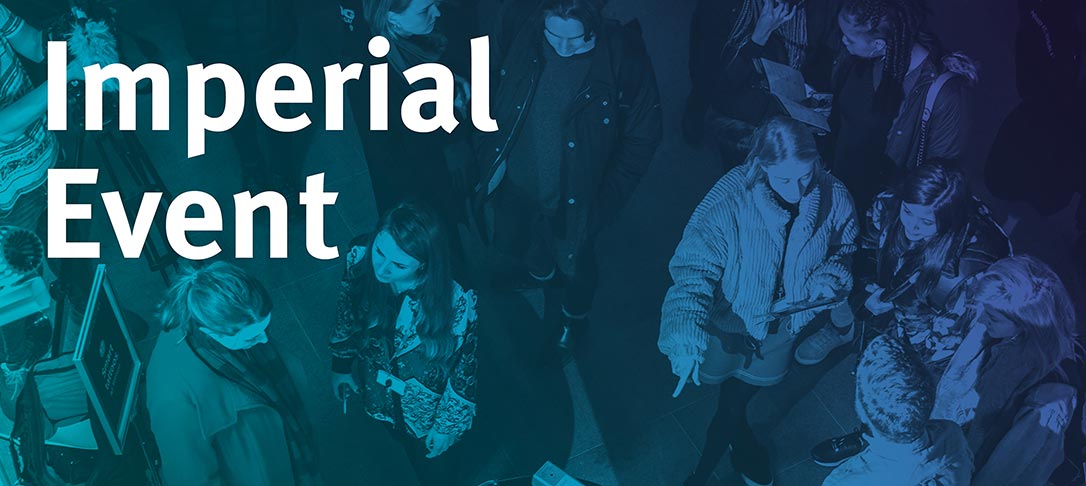
Abstract
For years there has been interest in the possibility of building a reliable odor reproduction system (ORS), with its vastspectrum of applications: from e-commerce, games and video, via the food and cosmetics industry, to medical diagnosis. Such a system wouldenable an output device — the whiffer — to release an imitation of an odor read in by an input device — the sniffer — upon command.To realize this scheme, one must carry out deep and complex research that combines computer science and mathematics with chemistry, physicsand biochemistry, and brain science with psychophysical work and human physiological experimentation. In the process, we expect a deep understandingof this least understood of our senses to emerge. I will discuss the feasibility of an ORS, and will also address the question (not unlikeTuring’s 1950 question about artificial intelligence) of how to test the validity of a candidate ORS, in face of the impossibilityof naming odors in general, and despite the fact that such systems still being far from being viable. The importance and nontrivial natureof the question are discussed, and a novel testing method is proposed, which involves ideas from imitation and recognition, taking advantageof the availability of near-perfect reproduction methods for sight and sound.
Biography
Prof David Harel’s primary research is in software and systems engineering, visual languages, modeling and analysis of biological systems andart &nd music creation, odor reproduction and analysis. He has also contributed to computability and complexity theory, logics of programs, theory of database queries, automata theory, layout of diagrams, computer science education. Among his many honours he has been electeda Foreign Member of the US National Academy of Engineering (2014) and a Fellow of the European Association of Theoretical Computer Science (2016).


